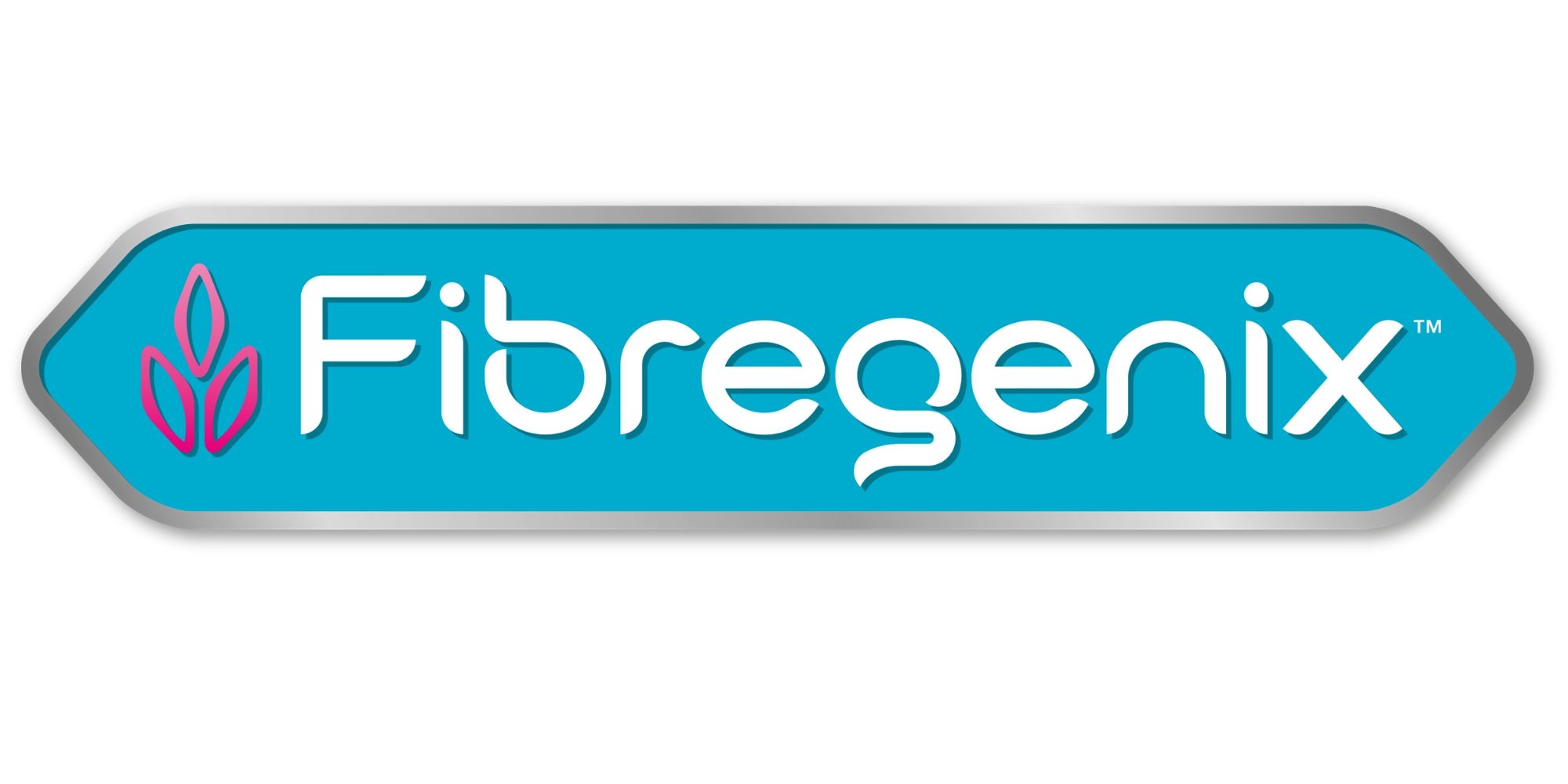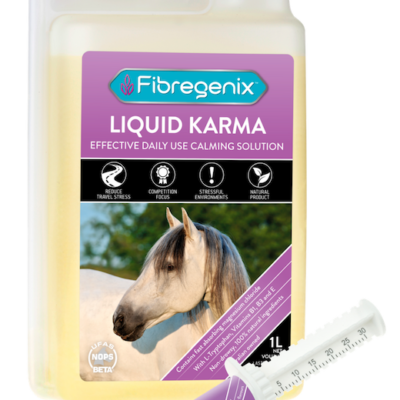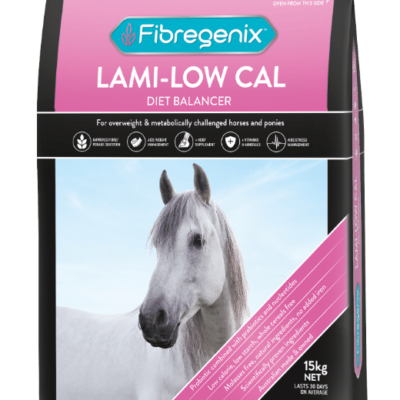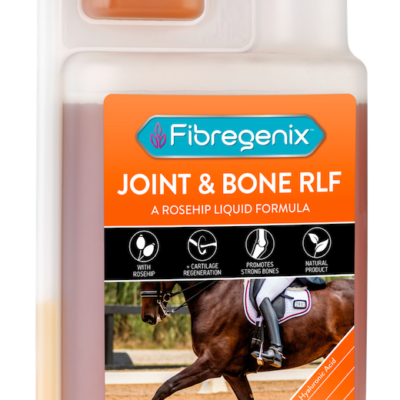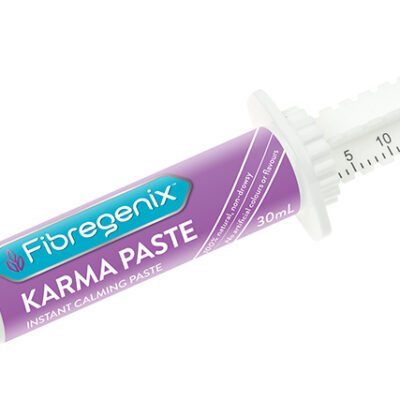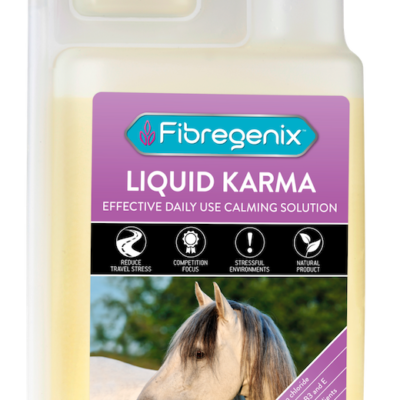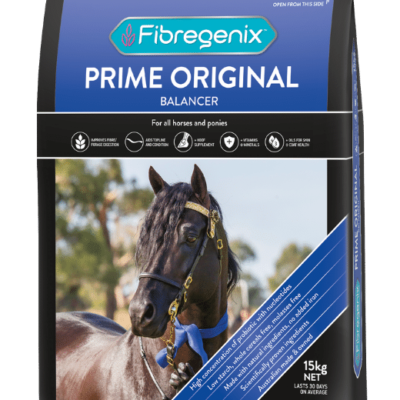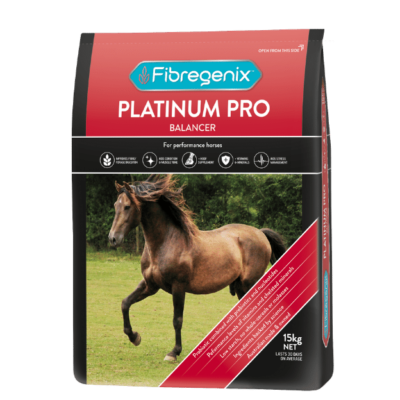 WHAT IS THE BEST WAY TO HELP A HORSE LOSE WEIGHT?
WHAT IS THE BEST WAY TO HELP A HORSE LOSE WEIGHT?
Like any human, in order to lose weight, a horse needs to burn more calories than he consumes. The dilemma with horses is that they are designed to eat and chew for at least 18 out of every 24 hours and need a constant flow of fibre through the digestive system in order to stay healthy.
Losing weight is tough and it’s even tougher if you’re an animal like the horse that is designed to spend most of its life eating. Stop your horse eating for too long and you may end up with a horse with serious health and behavioural problems – problems far more serious than nipping out in your pyjamas in the middle of the night to buy a chocolate bar! Let him eat though and you could be dealing with laminitis and obesity. Finding the happy medium is what managing a good doer is all about and hopefully the following tips will help you to keep your horse in good shape both mentally and physically.
Confined Quarters
The digestive tract of the horse functions most efficiently when it has an almost constant supply of fibrous material to break down. We are all told to eat more fibre to promote regular and healthy bowel movements and the same applies to the horse. Fibre passing through the digestive tract pushes out any gas bubbles that have formed. If the horse is receiving very little to eat to try and control his weight, then the gas can accumulate, causing the gut to become distended which is very painful and may result in colic symptoms. The other problem with enclosing good doers in a stable with very little to eat is the risk of them developing stereotypies or “stable vices”. As horses are herd animals reducing their contact with other horses can cause considerable anxiety and result in problems. It has previously been assumed that boredom was the main reason horses receiving very little fibre started to develop stereotypies as they had long periods of time doing nothing. However, research is suggesting that in fact, some stereotypies are a response to increased acidity in the digestive tract. When the horse chews he produces saliva, which contains bicarbonate that helps to neutralise the acidity in the gut. If a horse isn’t receiving much fibre, he won’t be spending very long chewing and so the gut may remain very acidic. This is the reason antacids are starting to be promoted for use in horses with stereotypical behaviours.
There are several things you can do to try and reduce the risk of these problems occurring. The most important are the basic rules of feeding. We all think that feeding little and often just relates to the concentrate ration but with good-doers it applies to the forage as well. For example, if your horse is a good doer and you put all its hay in at 4 pm and then don’t return until 8 am the next morning, the chances are that your horse will spend from 4.30 pm until 8 am without anything at all. This is really too long to be without some source of fibre and so if you know someone goes to the yard much later, ask them to put a haynet in when they leave. If there really isn’t anyone else to help then try and put the hay in small holed nets, put several nets inside one another and put several nets around the stable so it takes as long as possible for your horse to extract the hay.
Limited grazing
In the summer when most horses are enjoying lots of time in the field, the poor old good doer has to spend more time in the stable. It is the safest place for the overweight horse to be in terms of avoiding obesity and laminitis, but it does mean that they miss out on a lot of valuable nutrients that grass contains. Although hay and haylage provide an alternative fibre source for the stabled horse, they do not provide as many nutrients as grass and as many people tend not to feed their good-doer at all in the summer, it can mean that they miss out on certain nutrients. There are various ways to provide these nutrients as most manufacturers now have a feed designed for good-doers. One option is to use a low-calorie balancer such as Fibregenix Lami Low-Cal which provide a concentrated source of nutrients without the calories that are found in a normal mix or cube. These are fed in very small quantities and can be fed with a simple, low-calorie white chaff. An alternative option is to use a chaff-based feed that has added nutrients. These are fed in much larger quantities and can be fed alongside or instead of hay. Whichever type of product you choose it is important to feed the levels recommended by the manufacturer or your horse may still not be receiving the nutrient levels it requires.
I just give my horse a handful of a high fibre, low energy feed to keep him happy?
One of the most common feeding strategies employed by owners of overweight horses and ponies is to give a token offering of a high fibre, low energy feed. As these feeds are designed to be fed in much greater quantities, a handful provides very little of the vitamins and minerals the horse needs and some calories that he doesn’t need. The table below shows the differences in nutrient levels provided by a concentrated balancer which is designed to be fed in small amounts, and a handful of a high fibre, low energy pellet feed product which is designed to be fed in much larger amounts.
|
Nutrient |
Amount provided by 500g of a high fibre, low energy pellet |
Amount provided by 500g of Lami Low-Cal balancer |
|
Calcium |
5.8g |
12g |
|
Copper |
49mg |
100mg |
| Zinc | 133.5mg |
250mg |
I have a lazy, overweight horse. What do I do?
One of the most common problems with good doers is that they also tend to be lazy. Putting more energy in increases the risk of weight gain which can make the laziness worse. The first objective is to try and get some weight off and then think about trying to generate a bit more energy. Quite often, horses feel better and have more energy once the diet has been balanced as their lethargy was due to a lack of nutrients in the diet. The first step is, therefore, to ensure that the diet is balanced. If this doesn’t generate more energy from your horse, then it is possible to combine a low- calorie balancer with oats. Oats are the cereal most often associated with causing lively behaviour in horses and so adding a few to the diet may produce a livelier horse. Combining the oats with a balancer like Lami Low-Cal means that the balancer provides a balanced diet and so the amount of oats can be adjusted according to the horse’s workload and requirements. When the horse isn’t working as hard the amount of oats can be reduced right down to a handful so that extra calories are not being added when they’re not needed. Make sure that if you try adding oats that you introduce them very slowly as they can have quite a strong effect on some horses and ponies. This feeding regime works very well with competition horses, particularly Warmblood dressage horses, as they are often good-doers but still need lots of energy for the work that they do.
Before and After
If you feel that your horse needs to go on a diet then prepare a fitness and diet plan. It is a good idea to keep a record of your horse’s measurements and so get yourself a weigh tape and measure your horse each week – make sure you are consistent when you measure e.g. at the same time of day and with the tape in the same place each time. Take a photo before you start so that you can refer back to it as small changes day by day are hard to see whereas if you look back after a couple of weeks you should be able to see more of a change. If you have implemented a good exercise programme and a suitable diet you should find that the weight starts to come off.
